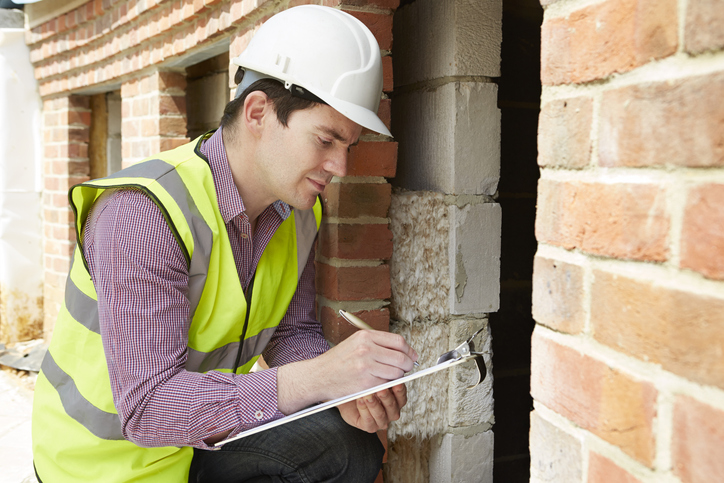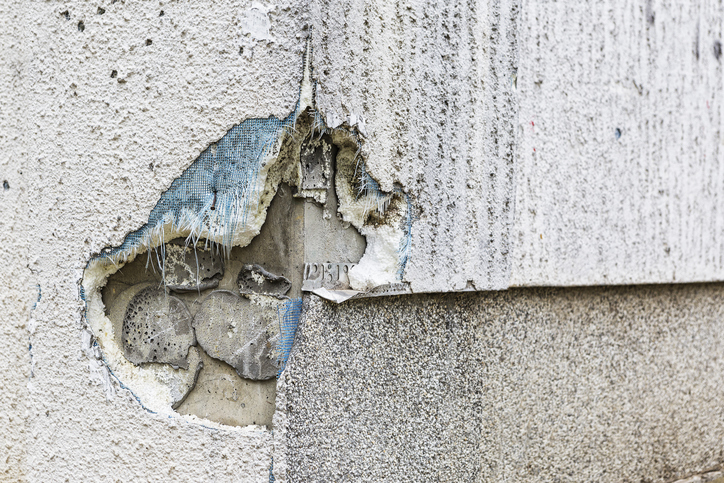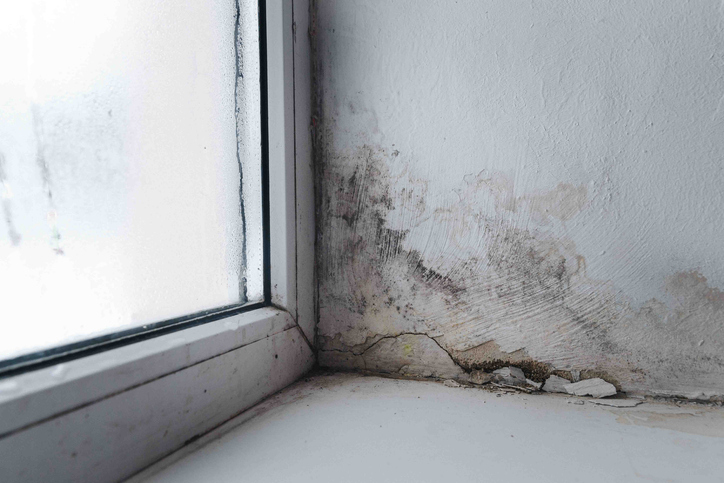
As an aspiring home inspector, you’ll be the go-to person when it comes to helping home buyers make informed decisions about their new homes. Your services will be needed to inspect the condition of homes and any signs of defects. Often, those signs will be around the insulation of a house. Knowing when the insulation needs replacing is important to ensure that the temperature is regulated properly throughout the house.
At NATS, you’ll get hands-on training in home inspection. You’ll learn about the systems and components of a house, which include roofing, structure, electrical, air conditioning and heat pumps, plumbing, insulation and more. You’ll learn what problems to look for when performing a home inspection–and insulation problems are some of them. Read on for a look at some of the common insulation problems you’ll encounter.
Expect to See Animal Damage to the Insulation During Your Home Inspector Career
Properly inspecting your customers’ homes for insulation can save them a lot of money down the line. It’s important to inspect the interior and exterior of the house when it comes to insulation, especially for damage caused by pests. Fiberglass insulation–the most common form of insulation found in homes–is at risk of becoming a shelter for unwanted visitors that roam around the walls of your customers’ homes. Throughout your home inspector career, you’ll become accustomed to the signs of insulation damage caused by animals. Many rodents like squirrels, mice and rats can create cracks or gaps in the insulation, causing heat to escape to the outside. To verify the source of the problem, look for signs of animal droppings and hair, as well as broken fiberglass outside and inside your customers’ homes.

Mould Build-Up in a Home’s Insulation
Another insulation problem you’ll probably encounter after you become a home inspector is mould build-up. Mouldy insulation is costly to fix if not caught early and can cause severe health complications for your customers, especially for those who suffer from respiratory problems or allergies.
Mould can be caused by water damage to the walls, basement, roof or other parts of a house. The condensation and dampness of cold walls will eventually cause the insulation to develop mould, which can spread around your customer’s home. As you inspect your customer’s home, look out for any black, grey or green patches on the walls, floors and insulation. If these are visible, your customers have a mould problem on their hands that needs to be addressed right away.

Out With the Old and In With the New
When inspecting your customers’ homes, you may also notice that the insulation has deteriorated over time. Insulation, just like anything else, doesn’t last forever. Insulation usually lasts between 15 years to 20 years, before it needs inspecting and replacing. You’ll probably notice drafts, mould and ineffective heating transfer throughout the house when it’s time for the insulation to be replaced. You should advise your customers not to take matters into their own hands when replacing fiberglass insulation, due to the health risks associated with breathing in asbestos and fiberglass particles. While inspecting your customers’ homes, ensure that you inspect the basement, attic and duct for any signs of wear and tear.
Are you interested in home inspector training?
Contact NATS for more information about our training programs!



